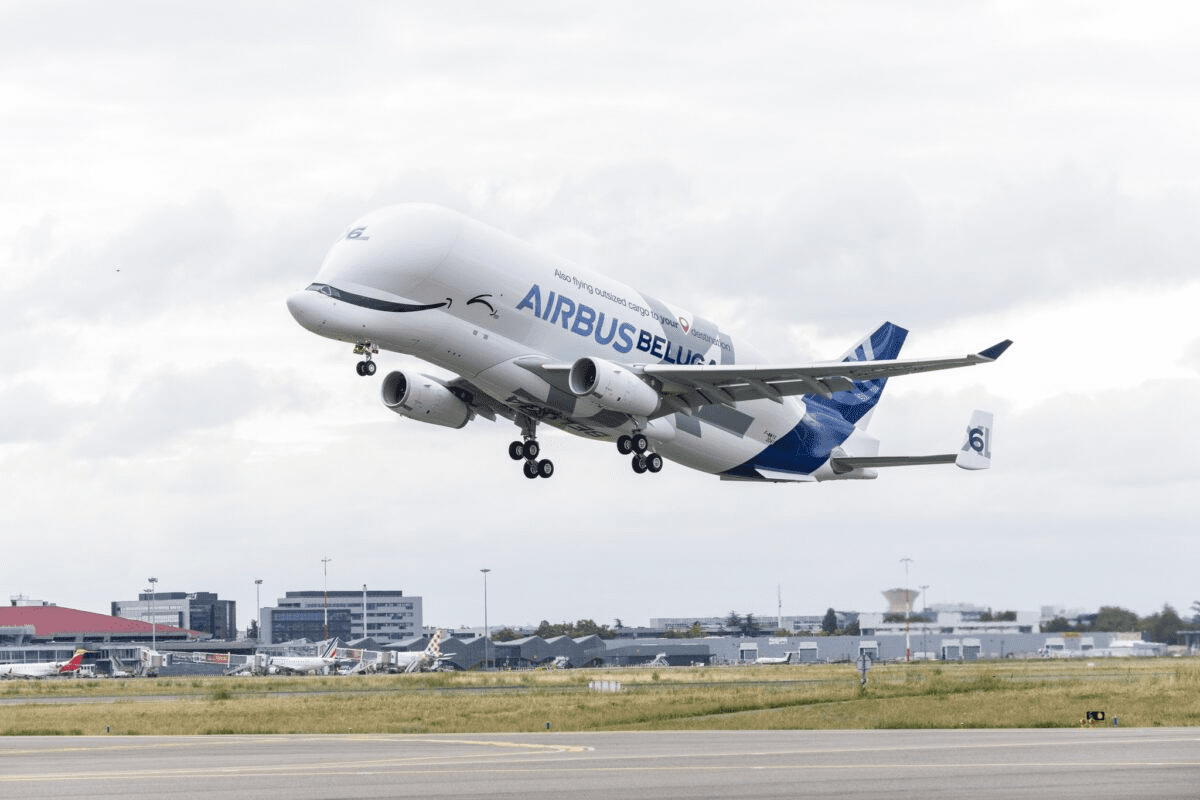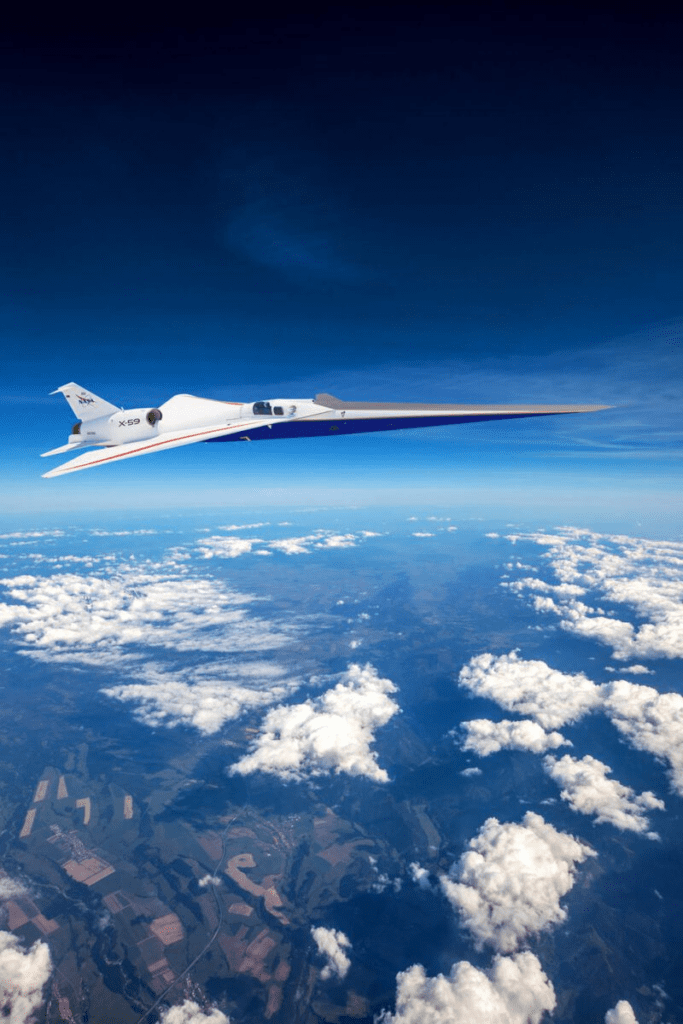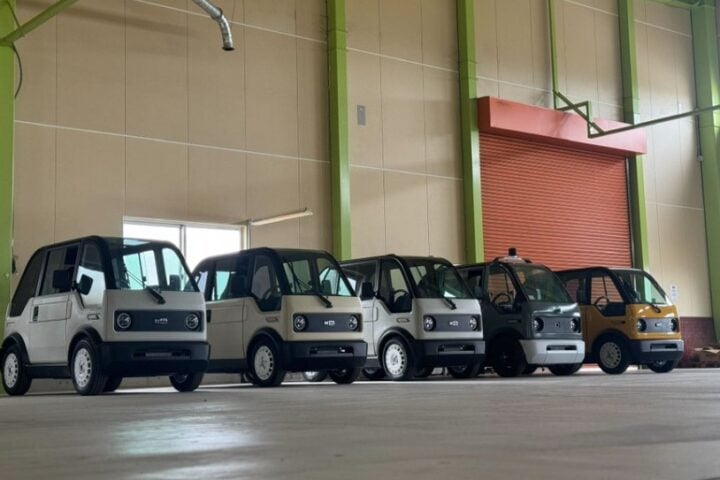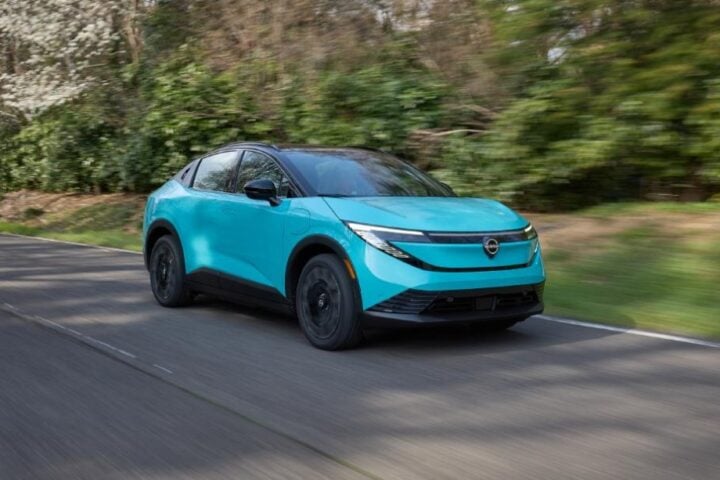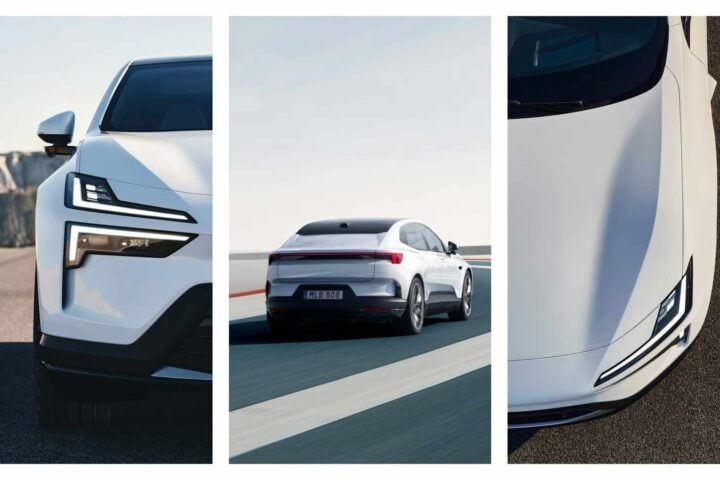Airbus has marked a significant milestone in its production journey by announcing the inaugural flight of the sixth and final aircraft in its Beluga XL transport fleet. This latest addition celebrates a half-decade of Airbus’s giant transporters, lifting off five years after the maiden flight of the first Beluga XL.
Based on the Airbus A330-200 model, this new fleet of six aircraft is slated to replace the current Beluga ST fleet, which has reached its production limit. Dubbed the XL 6, the final Beluga XL carries on the signature Airbus branding with its vibrant tail colours and logo but distinguishes itself with a unique ‘winking eye’ feature on its smiley face.
The Beluga XL plays a crucial role in the transport of outsized cargo. Airbus anticipates this fleet will be integral in bridging its production sites. The fleet was first introduced to the Airbus Broughton plant in October 2021, making a spectacular debut with its landing.
Initially, Airbus planned to construct only five Beluga XLs, each equipped with Rolls-Royce Trent 700 engines. However, as production demands increased, Airbus later added a sixth aircraft to its fleet.
The Beluga XL was launched in 2014 to support the increased production of the A350, entering service in 2020 after securing the European Union Aviation Safety Agency’s (EASA) type certification. Airbus anticipates the complete replacement of the Beluga ST fleet by the end of 2023 with the introduction of the sixth and final aircraft.
Measuring 7 metres longer and 1 metre wider than its predecessor, the Beluga XL offers a 30% increase in transport capacity, capable of accommodating two A350 jetliner wings. Expected to service 11 European destinations, the new fleet reaffirms Airbus’s commitment to maintaining its production and delivery schedules.
With a maximum payload of 51 tonnes and a range of 4,000 km, the Beluga XL is setting new standards for oversized air cargo transport. The first flight of the final Beluga XL, marking a significant milestone, was a successful three-hour test flight from Toulouse.
Similar Post
Designed to meet the rising demand for larger components and increased production, the Beluga XL is a reimagined version of the original Beluga cargo plane. It has garnered considerable attention in the aviation world due to its unique design, built to support Airbus facilities and oversized cargo missions.
The development of the Beluga XL was driven by the need to accommodate larger parts such as two A350 wings, a significant upgrade from the original Beluga’s capacity. Initially planned for just five aircraft, increased production demand led Airbus to create an additional one, all powered by Rolls-Royce Trent 700 engines.
The original Beluga, a 300-600 ST model, had its first flight in 2009 before being replaced by the Beluga XL, which boasts a 30% increase in cargo space.
The two-hour and forty-minute inaugural flight of the final Beluga XL, Beluga XL 6, from Toulouse, was an event of grandeur. During its maiden flight, the final Beluga XL underwent a series of tests at various speeds and altitudes.
The Beluga XL’s distinctive livery features a playful winking eye above its iconic mouth, adding a touch of charm to the aircraft. The aircraft’s role extends beyond transporting aircraft sections between Airbus facilities; it’s also used for outsized cargo missions.
In setting a new standard for oversized air cargo transport, the launch of the sixth Beluga XL represents Airbus’s commitment to growth and production efficiency.
